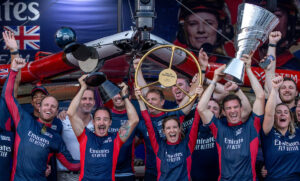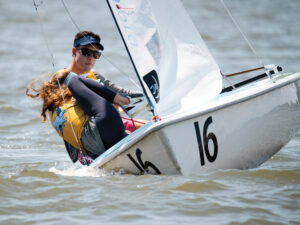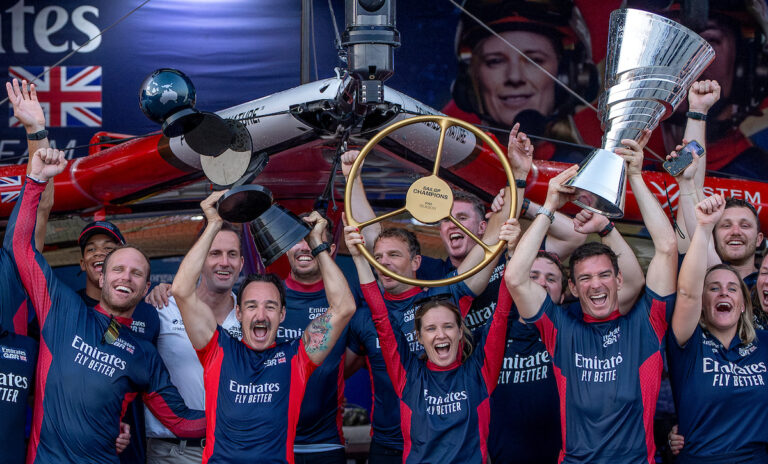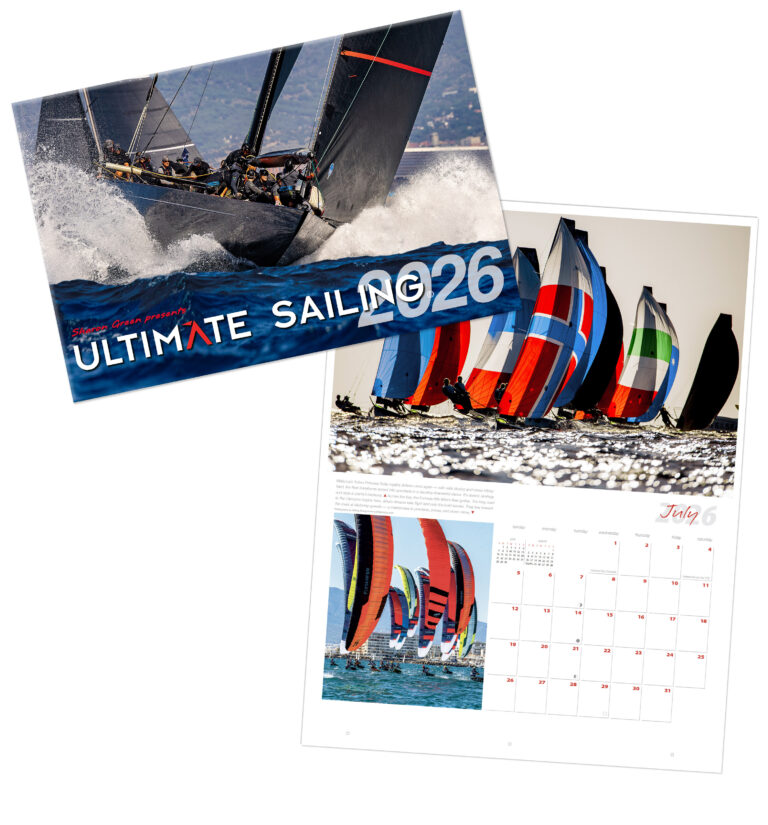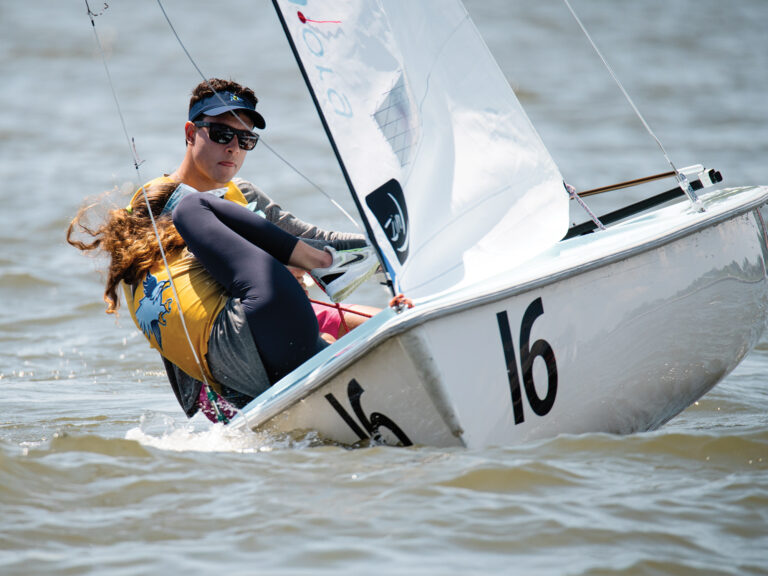
Philippe Presti
When John Kostecki dropped the slightest hint that his team “might be” on the water practicing during the Monday lay day there was no doubt that they’d be out on San Francisco Bay with a targeted work list. Oracle Team USA has only won one of the first four races of America’s Cup 34 and stands at a negative deficit, so their defense has only become that much more of a uphill battle. As any other professional sports team would do facing elimination; they took to the water today and drilled into their weakest points. In less than four hours on the water they accomplished a lot, said the team’s coach Philippe Presti who checked in by telephone as he was wrapping up his day at 8 p.m.
“Today we worked on our moding upwind,” he says. “We found out that our speed could be better if we play a fast mode to match Emirates Team New Zealand’s speed upwind. So we worked with what to do with the wing and the appendages. That was the theme of the day speed-wise.”
The New Zealanders, he admits, have an edge with their upwind fast mode, so Oracle will be trying to better match that mode, improve upon it, and be able to change more efficiently between modes. They also worked on tacking, their Achilles Heel of the first four races, and some of that involved improving trim coordination between skipper Jimmy Spithill and his backup wing trimmer Kyle Langford. “We worked a lot on our tacking,” says Presti. “Trying to improve that consistently going fast into it, and using the rest of the old foil all the way through the tack.
“The speed into the turn, and the rate of turn, and getting a little more lift from that old foil—all three combined makes a better looking tack. Not only better looking but better performance-wise. The idea is to arrive with more speed before the tack. Normally the VMG was a high and slow mode.”
The third item on their practice agenda was the pre-start, specifically working on time and distance and gathering data to improve their confidence in the boat’s performance software.
“Every day we’re tuning the algorithm, but it’s a matter of getting confidence,” says Presti. “It’s never going to be spot on, but if we have consistency we can get confident in the computer. So that’s what we tried to do today—to get a couple of runs at full speed, and from stop to full acceleration. Every day the air is different; different shear, different density, so every day is good to get more data so the computer is better. Then we can be more confident so Jimmy can pull the trigger and hopefully be on the right side of the line.”
While sailing coaches can be both psychologists and speed oracles, Presti says he’s only had to focus on the speed, as the sailors do not need any more motivation than they already have.
“Nothing is wrong with the mood of the team; everyone’s in mentally good shape. It was tough losing the first race yesterday [Race 3] because we felt we gave up some things and could do things different, but sometimes you make mistakes. It was good that everyone stayed focused and won the second race with a lot of pressure, and kept control of the race. I’m happy, and I think they feel strong.”
With Races 5 and 6 on the line, Tuesday’s outcome will be critical for both teams, but more so for the defender, especially with the forecast coming in at the upper end of the range where the New Zealanders are strong. Presti’s role once it gets underway is to continue to help them refine, especially between races.
“What I do is get onboard and try to listen. I let them talk and listen to where they stand. With Jimmy, I let him talk and then give him a few points. Then I show him the pre-start or different parts of the race on an iPad that I bring on board. I feel that, rather than telling him something, showing a picture or other visual is much more effective.”



